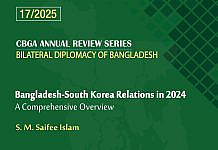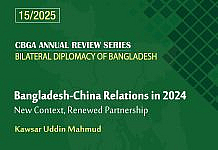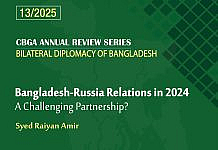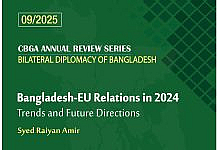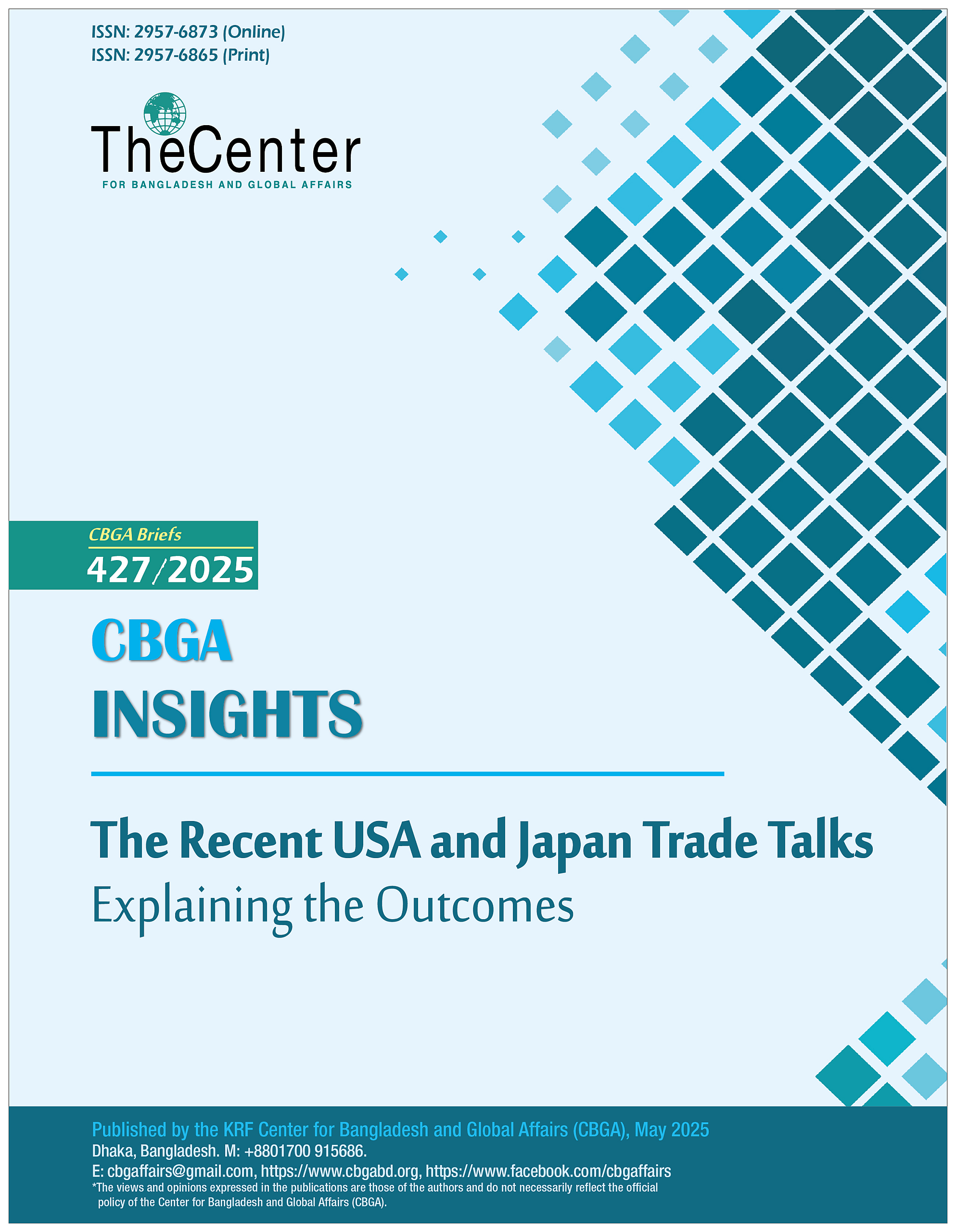
A delegation of Japanese statesmen boarded the SS America in 1871 on their way from San Francisco to Washington. The members of the Iwakura Mission, who were traveling on behalf of Japan’s recently established Meiji government, were committed to renegotiating the “unequal treaty” that the US had forced on Japan. Two decades prior, U.S. Navy Commodore Matthew Perry famously ended Japan’s 250-year isolationist foreign policy of sakoku, or “closed country”, by using the threat of naval force to open the country to international trade. The Iwakura Mission was unable to obtain concessions from the United States following eleven rounds of negotiations with the Grant administration. This included no advancement on Japan’s wish to reclaim tariff autonomy.
More than 150 years later, Japanese trade negotiators were in Washington last week, this time to try to prevent broad duties from being imposed on Tokyo. As top U.S. negotiators met with their Japanese counterparts, governments from all over the world watched with bated breath. For nations hoping to barter their way out of upcoming “reciprocal tariffs,” the talks were seen as a litmus test. Along with his senior economic advisers, U.S. President Donald Trump entered the negotiations at the last minute. However, Japan was unable to physically visit Washington to prevent the United States from retreating into its own version of a 21st-century sakoku, unlike Commodore Perry. Rather, the Japanese delegation sent by Prime Minister Ishiba Shigeru found itself departing the United States without any outcomes, much like their predecessors from the Meiji period. After the negotiation, Prime Minister Ishiba disagreed with Trump’s unilateral declaration of “big progress” from the Tarde Talk. Against this backdrop, this paper will try to highlight the update along with the future scenario of the USA and Japan tariff negotiations.
What Happened During the Notations?
After two rounds of high-level talks, the United States and Japan remain deadlocked, with no agreement on how to begin negotiations. The U.S. has resisted cutting broad tariffs on steel, aluminum, and automobiles, instead proposing a limited framework focused on higher “reciprocal” tariffs. Japan, however, refuses to move forward unless the existing levies are included in the talks, effectively halting any progress. Since March, U.S. President Donald Trump has imposed a series of tariffs. On April 9, a new set of increased “reciprocal” tariffs was briefly put into effect before being postponed for ninety days. The majority of Japanese imports entering the US would be subject to 24% taxes if they were to reappear. Trump has stated that before he considers lowering the tariffs, he wants specific ideas to reduce Japan’s annual trade imbalance with the United States, which is currently around $63 billion. Despite initial signals that Japan would stand its ground, officials in Tokyo have hinted at a modest softening of their position. Both Washington and Tokyo insist they aim to conclude an agreement promptly, yet neither side feels pressured to rush. Japan’s government fears that any deal requiring substantial concessions particularly expanded agricultural imports would provoke sharp public criticism and undermine the ruling party ahead of the next election.
Another Episode of ‘Gaiatsu’- Foreign Pressure
Another way to interpret Trump’s tariffs is as the most recent example of gaiatsu, or “foreign pressure,” to compel reforms. Prime Minister Ishiba also voiced his displeasure with U.S. negotiators’ attempts to use trade negotiations to put pressure on Japan on defense matters in an address to the Japanese Diet. Trump announced just prior to the summit that discussions will touch on “the cost of military support“ to Japan. When Trump demanded that Japan treble its payments for U.S. protection during his first presidency, the subject of Japan’s financial commitment to basing costs for U.S. soldiers on Japanese land became a personal grievance and a source of annoyance for Tokyo.
Japan seems to be in a good position to have fruitful discussions with its American counterparts. Analysts have highlighted the possible geopolitical repercussions for Washington’s power in Asia if the two sides are unable to reach a consensus, given Japan’s position as a longstanding, steadfast ally of the United States in terms of security. Tens of thousands of American soldiers are stationed in Japan, after all, just a short distance from China, North Korea, and Russia, the country’s enemies. However, in reality, the Trump administration has handled Japan with acrimony more appropriate for an enemy than an ally, as demonstrated by Tokyo’s reaction to the initial round of negotiations.
Although a final settlement between Tokyo and Washington is likely, the way the Trump administration has handled Japan during and before trade talks should serve as a warning to both allies and adversaries of the United States: no one is safe from the White House’s frequently illogical and increasingly isolationist foreign policy and trade agenda. Additionally, Trump posted a list of “non-tariff cheating“ on Truth Social just after the discussions, which he himself praised. He accused Japan of using “protective technical standards” in relation to its alleged “bowling ball test“ there. According to his earlier claims, the test entails dropping a bowling ball 20 feet into the air to determine if it can dent an automobile’s hood.
Managing Bilateral Upheaval
U.S.-Japan ties were significantly and frequently strained as a result of Donald Trump’s tariffs, especially in the areas of trade and diplomacy. The Trump administration indicated a more transactional and unilateral attitude to economic relations even with longstanding allies like Japan by enacting tariffs on steel and aluminium and threatening to impose extra penalties on cars on the grounds of national security and “reciprocity.” Washington’s actions were viewed by Japan as both politically offensive and economically detrimental. Like several other allies, Japan had hoped to be spared from the tariffs; however, the fact that it was not highlighted a perceived breakdown in mutual trust and accommodation. Tokyo resisted this, especially when it came to concessions in politically delicate industries like agriculture. The larger strategic alliance was further complicated by the tariffs. The economic issues caused friction and made it more difficult for Japan to completely align with U.S. interests without seeming to give in to pressure, even as the two countries worked closely together on security and Indo-Pacific policy.
The US is Japan’s most significant export market, accounting for around 20% of all exports in 2023, according to figures from the Japanese government. Not unexpectedly, the automotive industry, which accounted for almost 30% of Japan’s exports to the US in 2023, is one of the most strategically significant businesses in Japan. Machine tools, mining and construction equipment, and auto parts are additional susceptible industries. The possible effects of increased US tariffs on Japan’s economically significant SMEs, whose success is strongly correlated with that of the multinational corporations they collaborate with, are of particular concern.
Despite a volatile global economy and an upcoming upper-house election in July, there is cautious optimism for Japan. The country has long experience managing sudden U.S. policy shifts, as seen in the 1971 “Nixon shocks”—Nixon’s surprise visit to Beijing and the suspension of dollar-gold convertibility with a 10% import surcharge. Finally, shifting U.S. economic policy highlights Japan’s growing geo-economic role. As the largest economy in the CPTPP, Japan is positioned to lead efforts to uphold a rules-based trade order amid global fragmentation. The U.K.’s accession to the bloc in December 2024 strengthens this role, as noted in the recent UK–Japan Economic 2+2 meeting. Alongside strong ties with the EU, this enhances Japan’s ability to navigate an increasingly uncertain economic landscape.
– Saume Saptaparna Nath is a Research Associate at the KRF Center for Bangladesh and Global Affairs (CBGA). She is on Study Leave for Pursuing Her Higher Studies in Japan.



